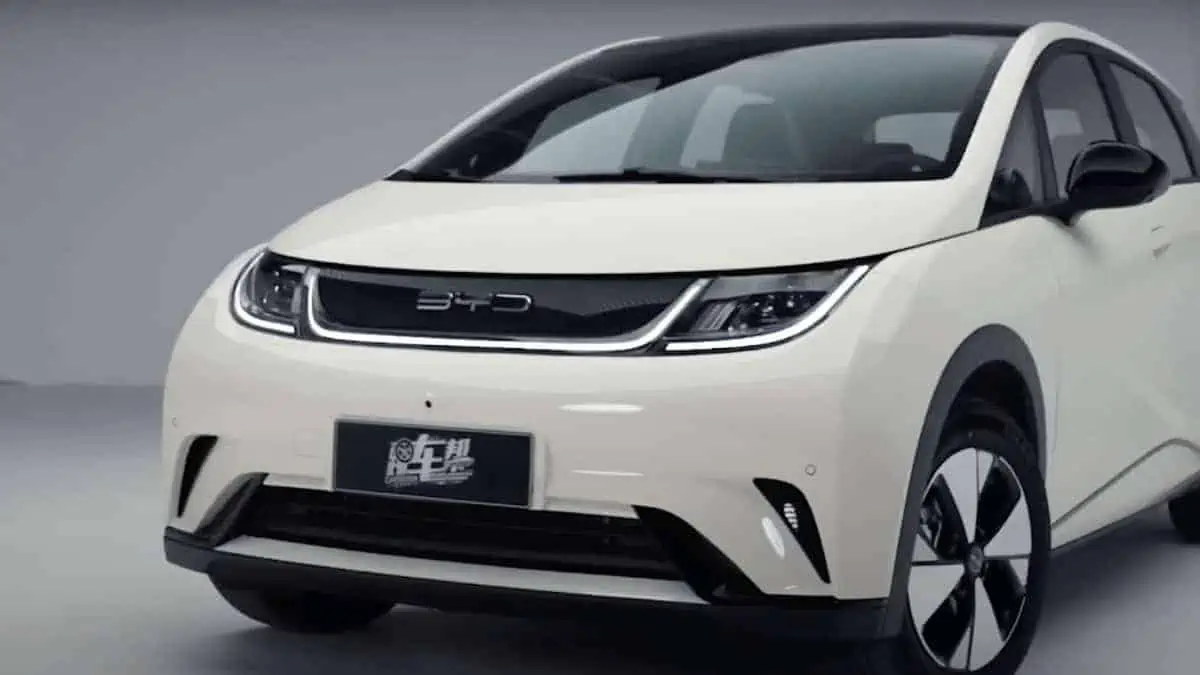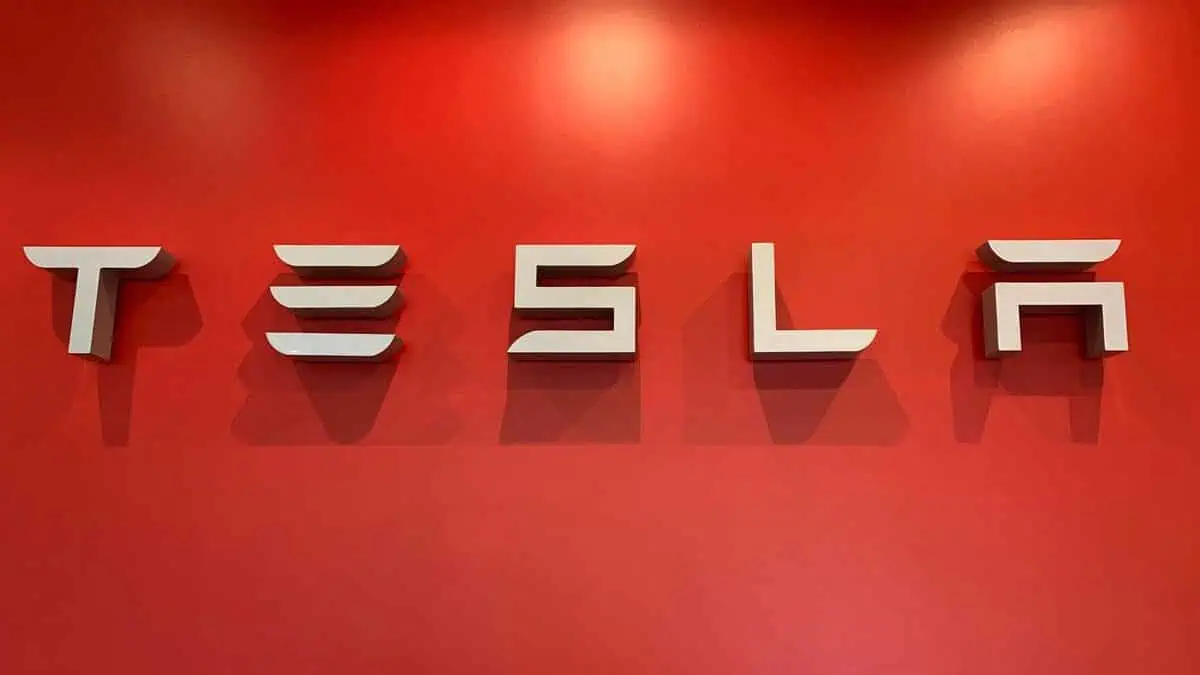Sodium-based batteries started to emerge amid the increasing adoption of electric vehicles across the world. Industry players race to develop the most viable and effective technology to gain a significant edge in the highly competitive market.
According to Bloomberg, sodium can significantly advance the energy storage and electric vehicle industry due to its affordability and abundance compared to lithium.
Sodium batteries’ growing popularity
Sodium is prevalent in rock salts and brines across the world. It is structurally and chemically similar to lithium. However, it has not been applied to large-scale projects due to its lower energy density. Now, many companies are exploring the potential of this battery chemistry.
Last week, Swedish company Northvolt AB claimed to have achieved a breakthrough in its sodium battery development. China’s BYD is also set to establish a $1.4 billion sodium-ion battery factory in Xuzhou, Jiangsu, under a new partnership with Huaihai.
Early this year, Chinese battery giant CATL also announced plans to integrate its sodium batteries into several electric vehicles.
“It’s serious investment. It’s creating a confidence boost with them saying we are here to continue scaling capacity to commercialize this technology.”
Rory McNulty, Benchmark Mineral Intelligence Senior Research Analyst
Lower energy density
As mentioned, sodium-based batteries have lower energy density than traditional li-ion batteries. Therefore, they would not be ideal for large electric vehicles. Nonetheless, they would be competitive for lower-end, shorter-range models or grid energy storage applications.
How To Geek also noted that sodium-ion batteries also offer a lower voltage of 2.5V than li-ion batteries’ 3.7V. They also have slower charge/discharge speeds that may affect the electric vehicle driving experience.
Despite having a lower energy density, sodium remains a cheaper option. It has a stronger potential to dominate the energy storage industry as battery performance is less relevant than affordability in this segment. These batteries are also more abundant and less prone to fire risks.
Sodium to reduce lithium demand by 2035
According to BloombergNEF, sodium can potentially snatch approximately 272,000 tons of demand from lithium or over 1 million tons if supplies fail to meet usage.
Industry players’ increasing interest in sodium is unsurprising, considering lithium’s potential for huge price swings.
Lithium prices soared in 2022 due to enormous demand, leading battery makers to explore alternative sources like sodium. The waning demand for electric vehicles this year has led to an improved lithium supply, reducing lithium prices.
“Sodium-ion will have a part to play in improving the lithium supply-demand balance. It will dampen those really severe swings in lithium prices.”
Sam Adham, CRU Group’s Head of Battery Materials
As of now, it seems that Chinese companies will also lead the sodium battery production as they did in lithium. It would significantly challenge American and European players, especially considering these regions’ attempts to cut their reliance on Chinese supply.






